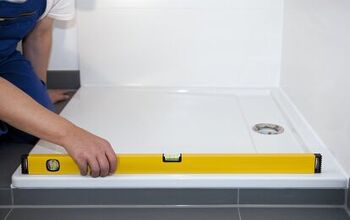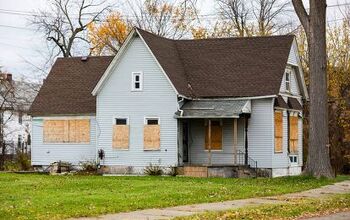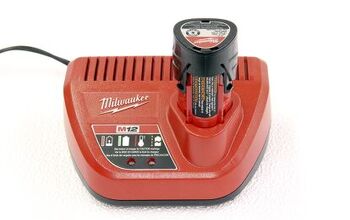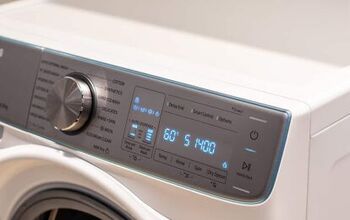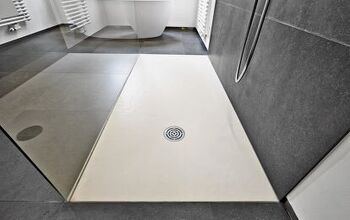Seven Tips To Help Your Furnace Work Better

The average homeowner would do whatever they can to improve the performance of their HVAC system. That’s especially true during the winter months, when your furnace serves as a lifesaver when it's freezing outside. Luckily, many of the best performance-boosting tips for a furnace are easy to do and inexpensive.
You can boost your furnace’s performance by keeping your house as clean as possible. It also helps to invest in a high-MERV air filter and replace it once every 90 days or as needed. Schedule yearly checks to get your furnace recalibrated, tuned up, cleaned, and inspected. That way, you can catch and address problems early.
It’s also important to keep clutter away from your furnace to boost airflow and prevent fires. Follow along as we highlight seven tips to help your furnace work better and more efficiently.
How To Make A Furnace Run More Efficiently
You can’t necessarily take a bad furnace and make it more efficient at a moment’s notice. However, making a few changes and keeping up with preventative maintenance can significantly boost your furnace’s performance. You can make your furnace run more efficiently with several key steps, including:
1. Prioritize Yearly Check-Ups
Some people understandably roll their eyes when HVAC technicians tell them to schedule yearly check-ups. This may sound like a ploy for HVAC businesses to ensure they get as much money out of customers as possible, but it’s not. Yearly HVAC check-ups include inspections, and the technician will also clean several key components.
During a check-up or tune-up, the technician will check the filter, heat exchanger, burner, blower, and other components. They will also check the thermostat to ensure it is responsive, accurate, and efficient. Yearly check-ups can reveal underlying problems, so you can address them long before they become emergencies.
The HVAC technician can also recommend changing your furnace habits, which can help make your furnace run more efficiently. Furnace tune-ups typically cost $75 to $200, and it’s a good investment.
2. Improve The Airflow
Many people think that poor airflow solely affects their comfort at home. While this is true, poor airflow can also affect your furnace’s performance and how long it lasts. Your furnace works harder than it needs to when the airflow is restricted, and that can strain the unit.
This can shave years off the lifespan of your furnace, and it won’t run as efficiently. For example, closing the return vents while your furnace is running can damage the blower motor. The extra resistance will take a toll on the blower motor and eventually cause problems.
You can also improve the airflow and protect your furnace if you get your air ducts cleaned. Schedule an air duct cleaning once every 3 to 5 years, or as needed if you notice problems. This will make your furnace run more efficiently and help improve the indoor air quality at home.
3. Move, Fix, Or Replace Your Thermostat
If your furnace isn’t running well, it may have nothing to do with the furnace itself. There’s a chance that it relates to the thermostat, which is good and bad news. The good news is that fixing and or replacing a thermostat is relatively inexpensive.
However, the bad news is that it may take some trial and error to figure out what’s wrong with it. For example, a thermostat can act up and affect your furnace if it sits in direct sunlight. This can give inaccurate temperature readings and affect how often your furnace runs.
You’re better off hiring a professional to inspect or replace the thermostat if you suspect something is wrong. Today, you can find eco-friendly, “smart” thermostats that can help your furnace and air conditioner run efficiently. It can help you save a fortune on energy bills and extend your HVAC system’s lifespan.
4. Clean Your House
Your HVAC system’s condition is ultimately a reflection of your home’s cleanliness. If your house is full of dust, lint, and loose pet hair, your furnace’s performance is going to suffer. That’s because the dirt, dust, debris, and hair will wind up in your furnace filter and ductwork.
Once this happens, your furnace and air conditioner’s components will get dirty and work inefficiently. Excessive dust and debris in air ducts and furnace filter will also restrict the airflow. Clogged ductwork and filters can cause dust and debris to continually cycle throughout your home.
Ideally, you should dust your countertops and the other surfaces in your home twice monthly. If you have pets, it’s important to invest in a lint roller, which you can use on your clothes and furniture. That way, excessive dirt won’t enter your ductwork and filter, and your furnace can run efficiently.
5. Pay Attention To The Cycle
How often your furnace runs can tell you a lot about its performance and efficiency. Similarly, you must also pay attention to how long your furnace runs when it turns on. Short cycling is a common problem for air conditioners and furnaces, and it can indicate many issues.
This refers to a furnace or AC that turns on, runs briefly, and turns off again, then the cycle repeats. Some people don’t notice this right away, but you’ll probably notice when your energy bill is much higher than usual. A short cycling furnace can indicate a faulty flame sensor, overheated heat exchanger, or thermostat problems.
Big problems can arise if you ignore these telltale signs of serious furnace problems, and they’re expensive to fix. However, catching these problems early can help improve your furnace’s performance and maximize its efficiency. More importantly, you can save money if you fix these issues before they become unmanageable.
6. Replace Your Filters
The average HVAC technician will tell you that many of their maintenance calls end with them replacing their clients’ furnace filters. Unfortunately, many people fail to replace their AC filter and furnace filter, then suffer the consequences. Whether it be unusual sounds and airflow problems or excessive dust in the air, dirty furnace filters cause many problems.
Doing this yourself can help you save hundreds of dollars on HVAC maintenance calls and only takes 10 minutes. Most homeowners only need to replace their filters every 90 days, but it depends on several factors. For example, filters get dirtier faster in small, dusty homes with many occupants, as everyone contributes to dust.
Filters have different Minimum Efficiency Reporting Value (MERV) ratings, which affect their performance. High-MERV filters can help ensure the best furnace performance, as they catch even the smallest contaminants. Keep a few filters at home at all times, so you can replace dirty filters as needed and protect your furnace.
7. Keep Your Furnace Clear
Many homeowners have limited space and use the area near their furnace for storage. That’s understandable, but you must be careful not to put too much stuff near your furnace. Otherwise, you may inadvertently restrict its airflow and strain the system.
Not only can you block your furnace’s airflow, but you can also create a serious fire hazard. This can also limit accessibility, which can cause problems if you need an emergency furnace repair. Keep several feet of space clear in front of your furnace to avoid this problem altogether.
What Is The Most Efficient Thermostat Setting For The Winter?
The most efficient thermostat setting for the winter is 68 degrees Fahrenheit. However, that doesn’t mean you must force yourself to stay cold if that’s an uncomfortable temperature. Naturally, you may want to crank your furnace at 70 degrees Fahrenheit on particularly cold days.
What's more important is that you don’t repeatedly change the temperature on your thermostat. Doing so can make your furnace over-work, which can cause problems. Not only will this strain your furnace, but it can also significantly raise your gas and electricity bills.
Today, you can stay comfortable without raising your bills too much if you invest in a smart thermostat. Smart thermostats let you program them to adjust the temperature based on the time of day. That way, you can lower the temperature when the sun is out and raise it to 68 degrees overnight.
Summing It Up
You can make your furnace work better if you regularly clean the air ducts and replace the filters. Doing so will ensure your furnace has good airflow and doesn’t over-work. You must also regularly dust your home, remove loose pet hair, and schedule yearly tune-ups to keep your furnace running efficiently.
Related Guides:

Nick Durante is a professional writer with a primary focus on home improvement. When he is not writing about home improvement or taking on projects around the house, he likes to read and create art. He is always looking towards the newest trends in home improvement.
More by Nick Durante


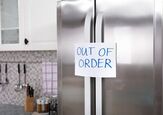









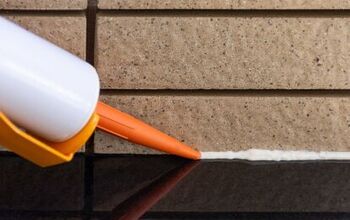
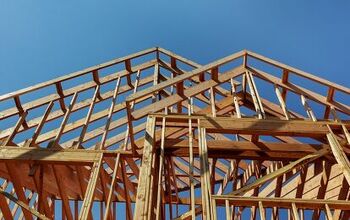
![10 Best Electric Lawn Mowers - [2022 Reviews & Top Rated Models]](https://cdn-fastly.upgradedhome.com/media/2023/07/31/9070486/10-best-electric-lawn-mowers-2022-reviews-top-rated-models.jpg?size=350x220)

![Standard Dining Room Table Dimensions [for 4, 6, 8, 10 and 12 People]](https://cdn-fastly.upgradedhome.com/media/2023/07/31/9074335/standard-dining-room-table-dimensions-for-4-6-8-10-and-12-people.jpg?size=350x220)

